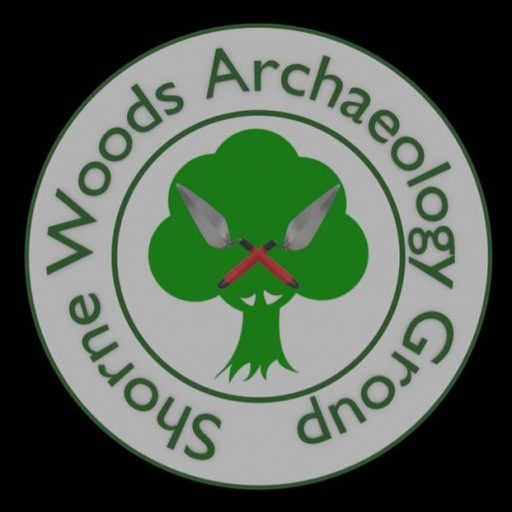The following article, by Andrew Mayfield, was recently published in Archaeologia Cantiana*:
In 2011, a LIDAR (Light Detection and Ranging) survey was organised for the
Medway Valley (reaching from Maidstone to Shorne and from Wrotham to Boxley).
LIDAR surveys are airborne surveys using lasers to collect millions of points of
data, to provide a 3-D map of the ground, with a 0.5m resolution. The survey was
funded by the Heritage Lottery Fund through the Valley of Visions Landscape
Partnership Scheme and the Shorne Woods Heritage Project. Peter Crow, from Forest
Research acted as consultant and the data was gathered and processed by Cambridge
University Technical Services. The data delivered came in a range of formats. The
DTM (digital terrain model) data is of most immediate use to archaeologists. This
data manipulation can remove trees from the results, to allow the researcher to see
‘through’ woodland and also pick out ploughed out features in farmland.
Running the LIDAR data through GIS software enables one to fly over the data.
The ridges and valleys of the Medway Valley come into immediate relief. Zooming
further in, a 1.5km trench feature becomes visible on the Downs, north of Birling
and east of Vigo Village. This feature was investigated as part of archaeological
works associated with the Valley of Visions scheme. Volunteer archaeologists
from Shorne Woods spent several visits exploring Whitehorse Wood, in which
the feature sat. On the ground the trench is between half a metre and a metre deep
and over a metre wide. After consulting with local historians and defence experts
it was ascertained that this was a WW1 dated stopline trench. Of equal interest
was a Second World War officer training camp that stretches for over 3km along
the ridge. Buried within the outlines of shelters and accommodation blocks are
vestigial traces of the WW1 stopline.
The results of the LIDAR survey will prove of huge interest and importance
to future defence studies in the Medway Valley. For example, results from the
Shorne end of the survey have identified the well preserved dispersal camps for
RAF Gravesend and the heavy anti-aircraft battery at Cobham.
*Source: Mayfield, A. 2016. Research notes: World War One stopline trench system revealed by lidar in Whitehorse Wood, Birling. In: Archaeologia Cantiana, vol. 137, pp.304-306.

